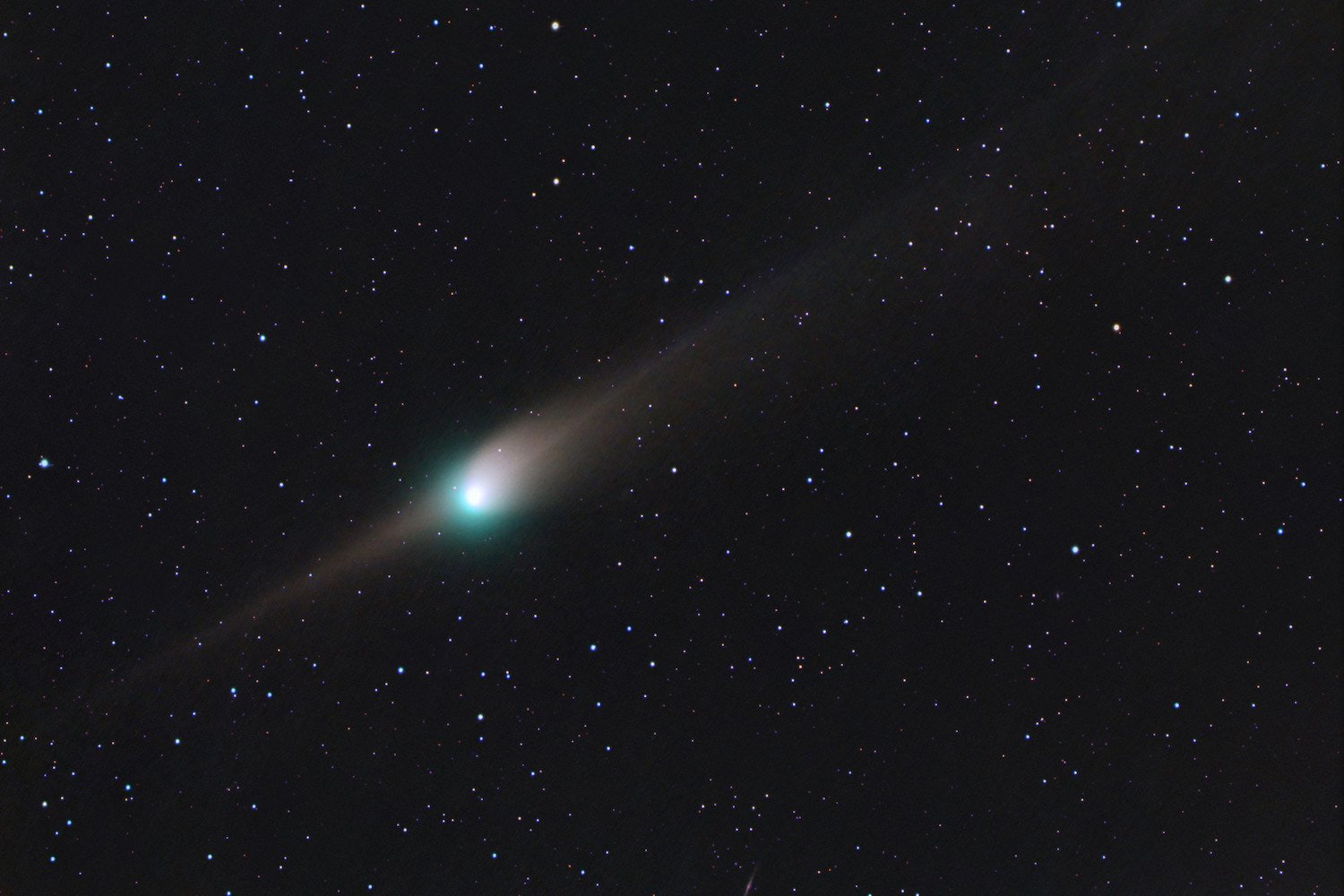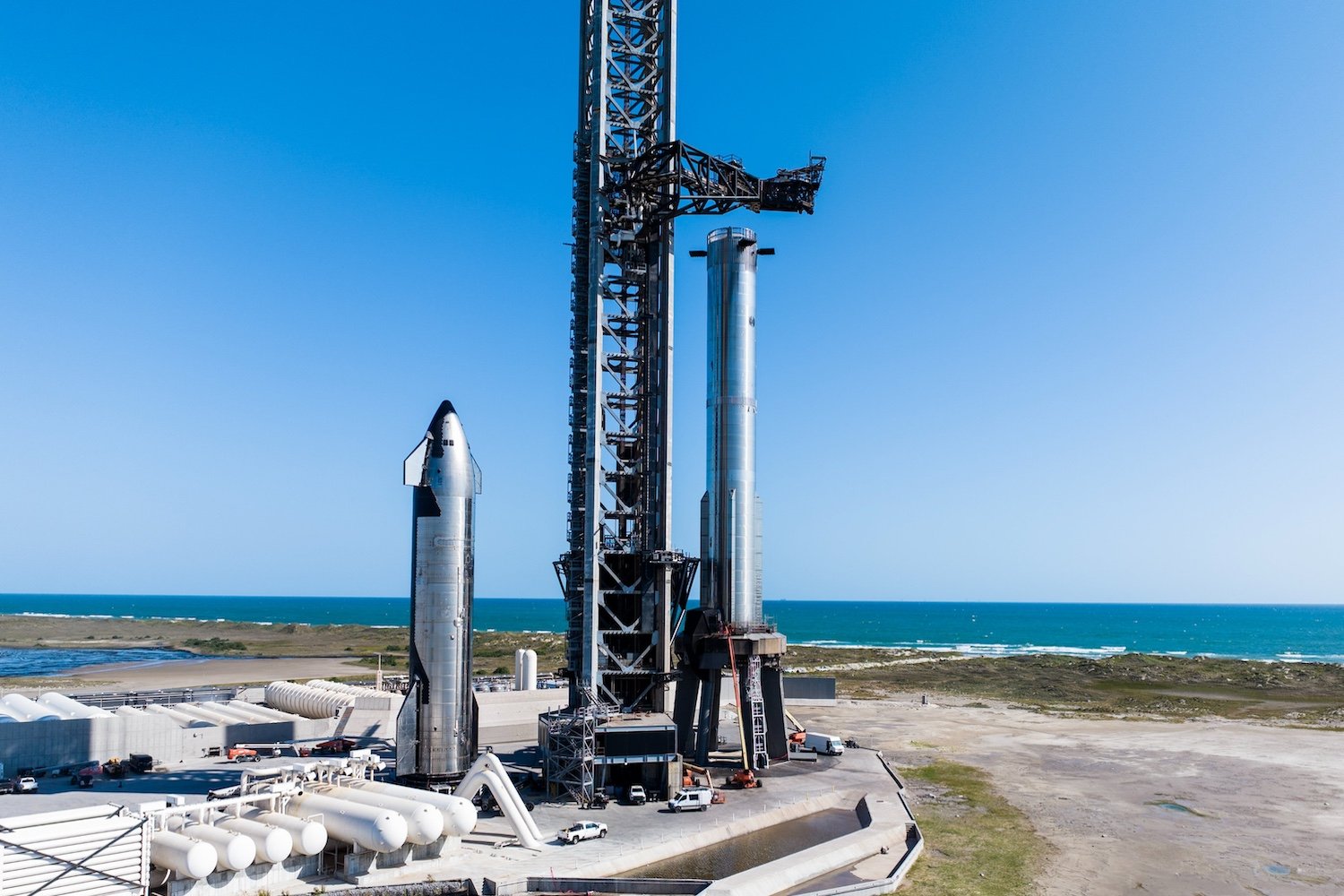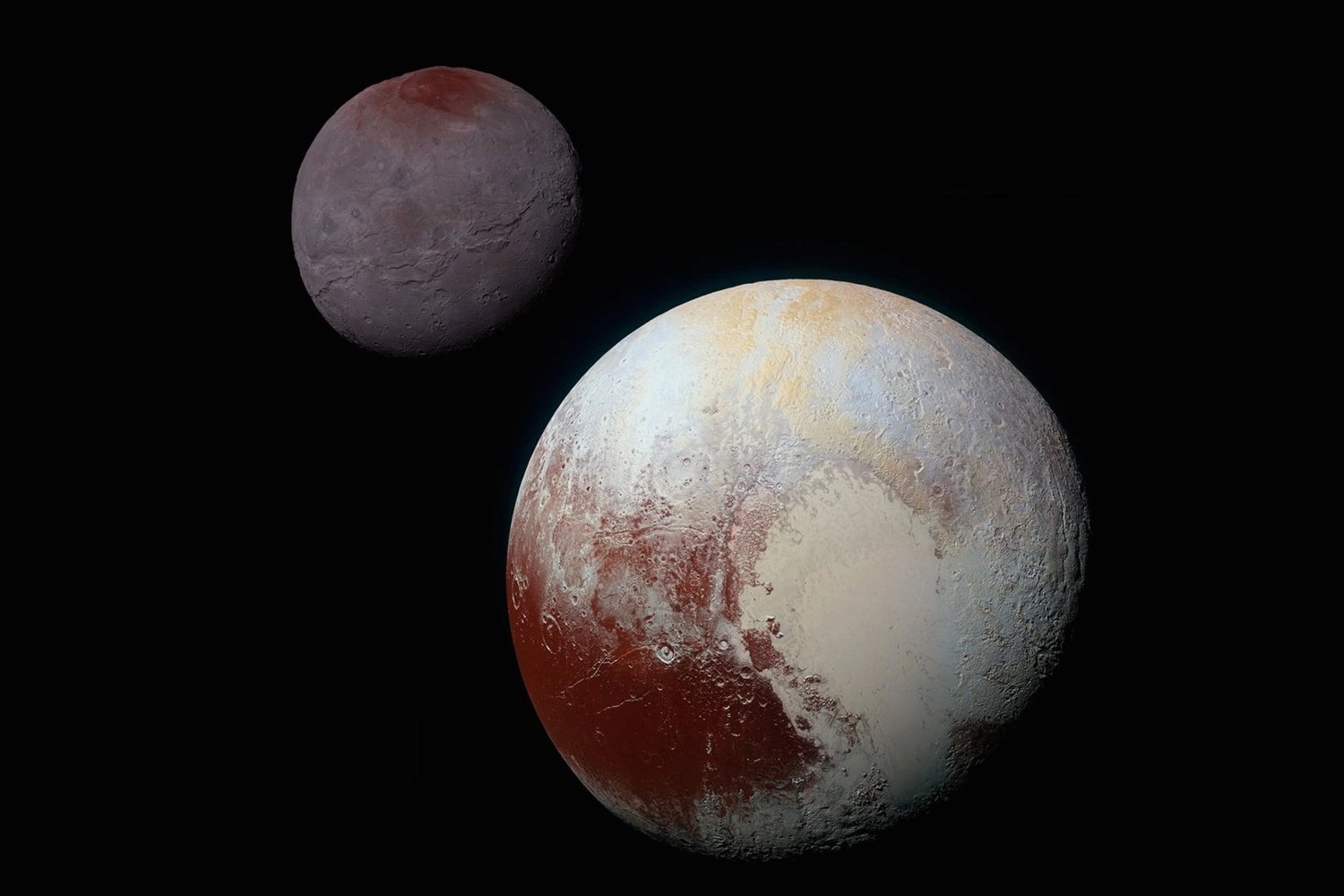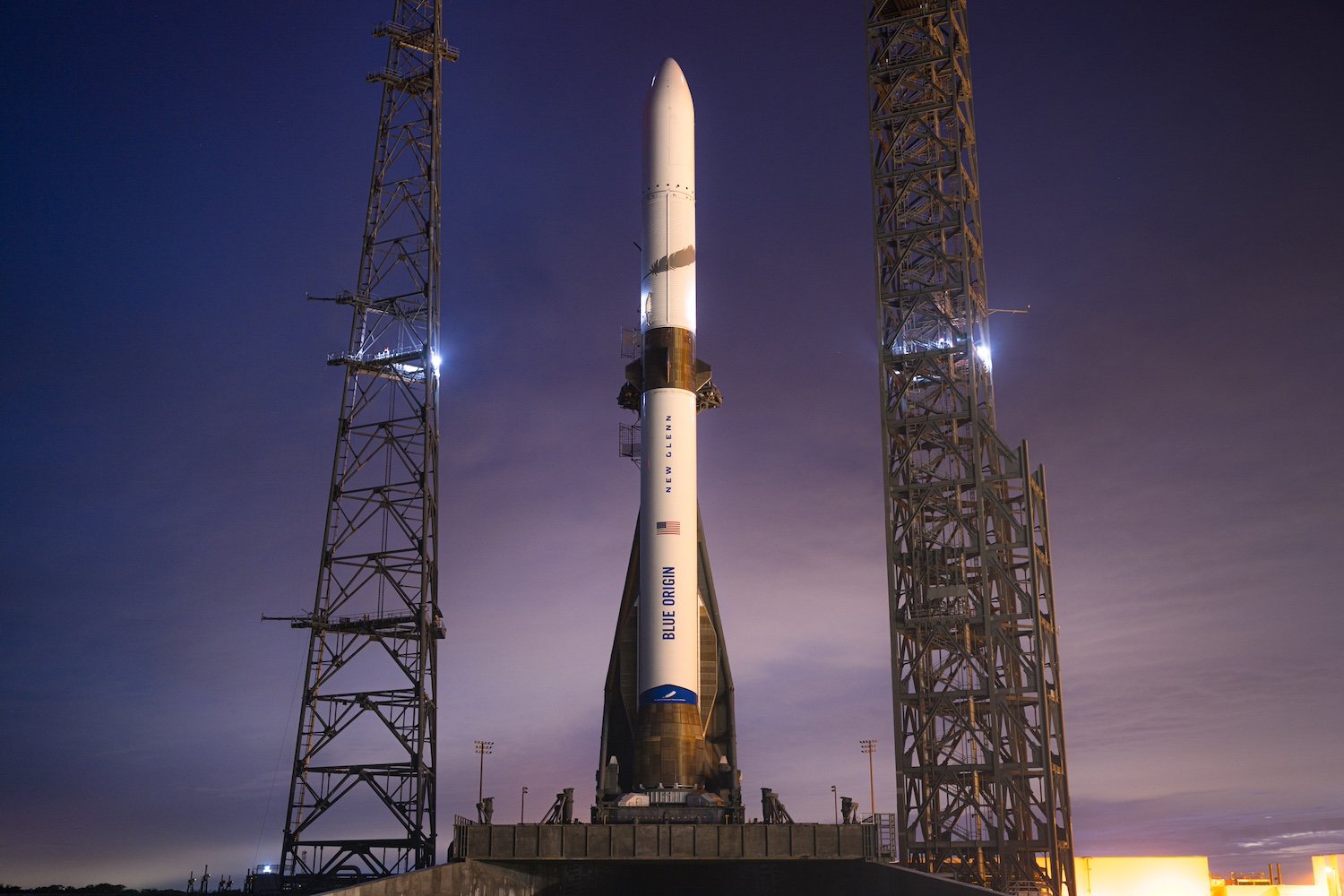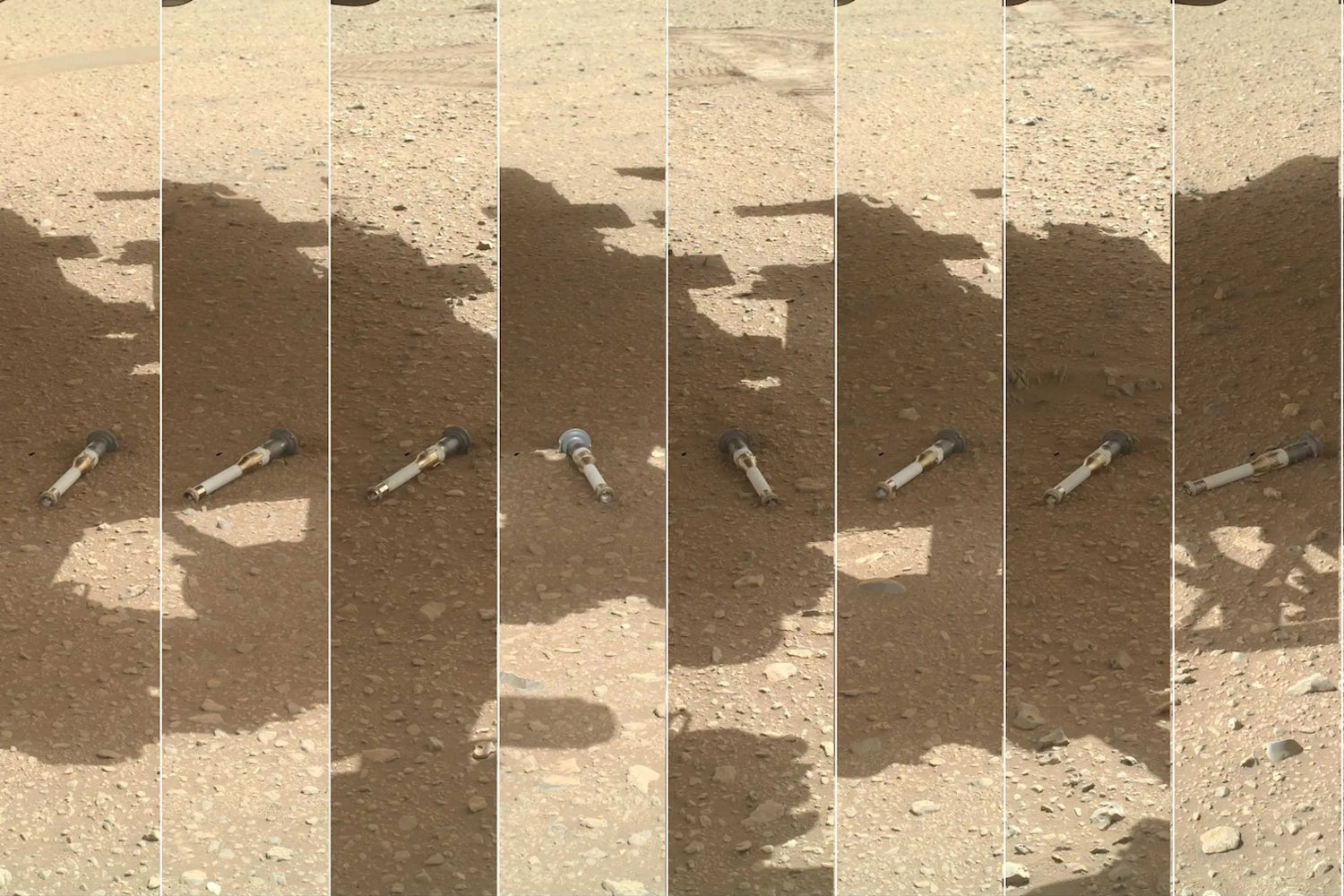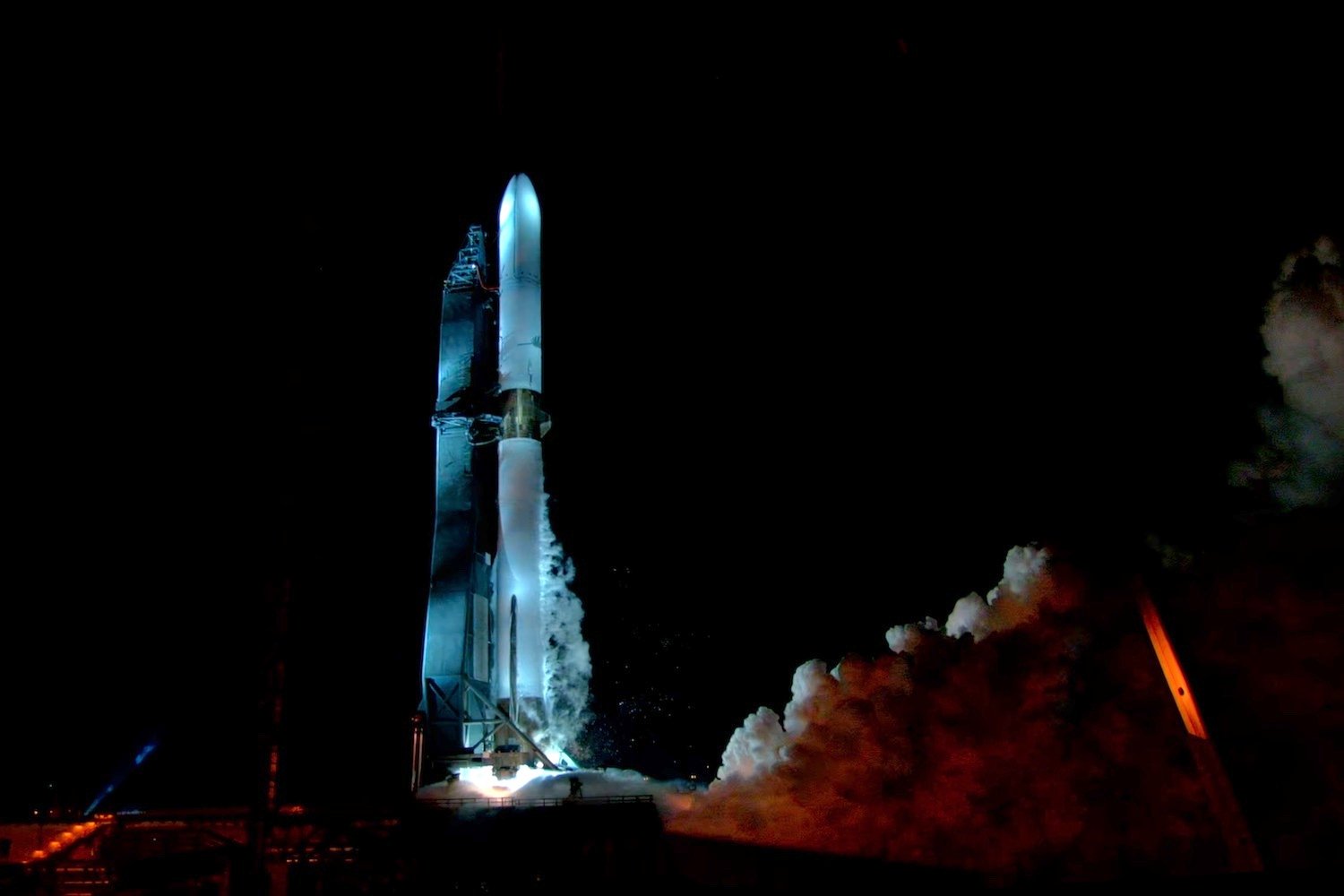Comet C/2024 G3 (ATLAS), discovered by the Asteroid Terrestrial-impact Last Alert System (ATLAS) telescope in Chile, is generating excitement among astronomy enthusiasts. This celestial visitor is expected to make a close approach to the Sun in January 2025, potentially offering a spectacular display, particularly for observers in the Southern Hemisphere.
A Close Encounter with the Sun
Comets, composed of dust and ice, develop luminous tails as they approach the Sun. The Sun’s heat vaporizes the ice and dust, creating the characteristic cometary tails. However, this same heat can also lead to the comet’s disintegration. The crucial question surrounding Comet C/2024 G3 (ATLAS) is whether it will survive its close encounter with the Sun.
Brightness and Visibility
During its closest approach, C/2024 G3 (ATLAS) will come within 8.3 million miles (13.5 million kilometers) of the Sun. Predictions suggest it could reach a magnitude of -5.8, potentially outshining all stars except the Sun. This would make it a truly remarkable sight.
Southern Hemisphere observers are favored for viewing this celestial event. Looking near the Sun just after sunset is recommended, as the comet’s brightness will diminish as it rises higher in the sky. Due to the Sun’s glare during its closest approach (perihelion), viewing is likely to be best after January 16, 2025. Unfortunately, Northern Hemisphere visibility will be limited due to the comet’s proximity to the Sun and its low position in the sky during its brightest phase.
A Sunskirting Comet
Comet C/2024 G3 (ATLAS) is classified as a “sunskirter,” meaning it remains close to the Sun. This proximity, while contributing to its brightness, also makes it visible for a shorter period. Even after the comet’s head fades from view, its tail might still be observable if sufficiently long.
It’s important to distinguish Comet C/2024 G3 (ATLAS) from C/2023 A3 (Tsuchinshan-ATLAS), which impressed observers last year with its unique anti-tail.
Anticipation and Uncertainty
The anticipation surrounding Comet C/2024 G3 (ATLAS) is high, but its ultimate performance remains uncertain. Whether it will become one of the year’s most memorable comets is yet to be seen. Only time will tell if this celestial visitor lives up to its potential.
We will have to wait and observe to see how this comet develops and compares to other comets expected in 2025.



